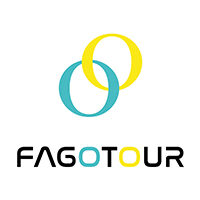
Rosa di Gorizia is a variety of chicory characterized by an intense red color or by a red with shades that lead to pink, depending on the type of selection made. The leaves are wide and arranged in the shape of an open rose.
The taste is only slightly bitter, and on the palate it is crunchy. Its cultivation requires skill and care, from sowing to harvesting; from the harvest we pass to the “forcing” in which the tufts are kept in closed environments, at a temperature of about ten degrees, gathered in bunches of ten plants each and placed on straw, grass or sand. The tufts must be wet and as they develop, the external leaves must be removed. The “forcing” ends in the days before Christmas, the period in which the radicchio appears on the table. Therefore the production is not of an intensive type and this guarantees the product a niche market, which makes the Rose an Italian excellence to be protected. Today it is for sale at very high prices due to the large amount of labor. The Rosa di Gorizia has had an absolute commercial growth in the world of haute cuisine in recent years. Recognized as the most expensive radicchio in the world, it is sought after by chefs from all continents for its beauty and gastronomic peculiarities.
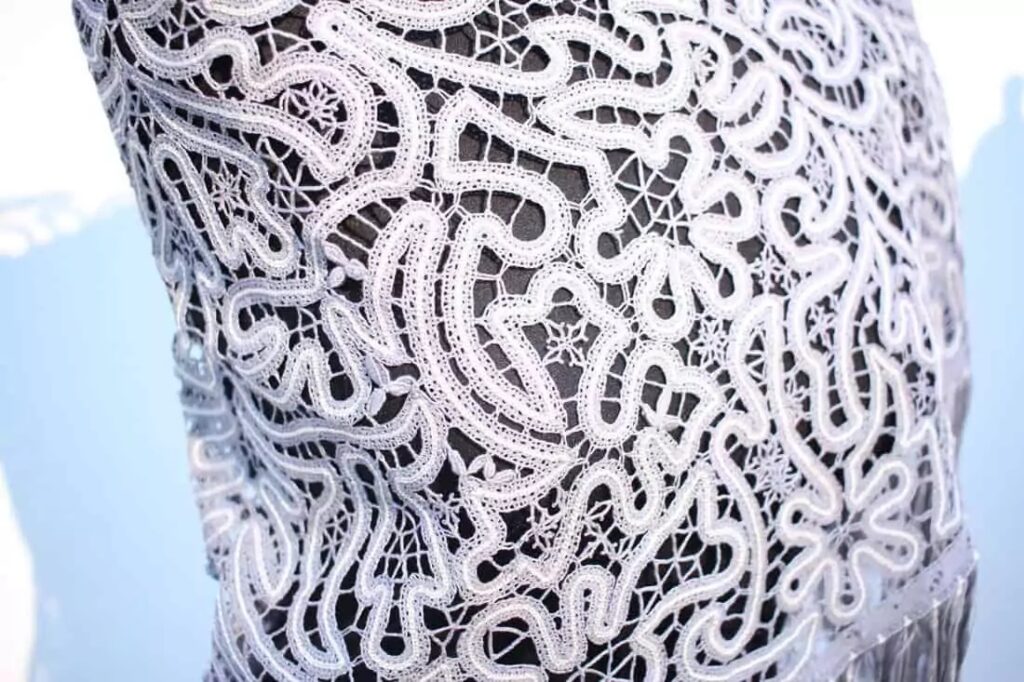
The Gorizia lace is an artistic product, unique or limited in number, valuable from a technical point of view, which stands out for its aesthetic beauty (proportions, colors, decorative details). It is also characterized by accuracy, precision, regularity and uniformity of execution.
It is made strictly by hand, using the pillow with sticks called “fuselli”. The good executive quality depends on the balance in the tension of the yarns and the cleanliness of the product. It is mainly produced with good quality yarns, which can be of natural fibers (linen, cotton, silk, hemp), or synthetic (nylon, polyester). The yarns can be colored or natural. Generally, the finer the yarn, the more impalpable the lace is and is considered precious.
For some more precious workings, metallic materials (gold, silver) can also be used, which are not only precious, but also very difficult to work. Today jewels are sometimes made with the bobbin technique and gold or silver yarns. They can also be embellished with precious stones.
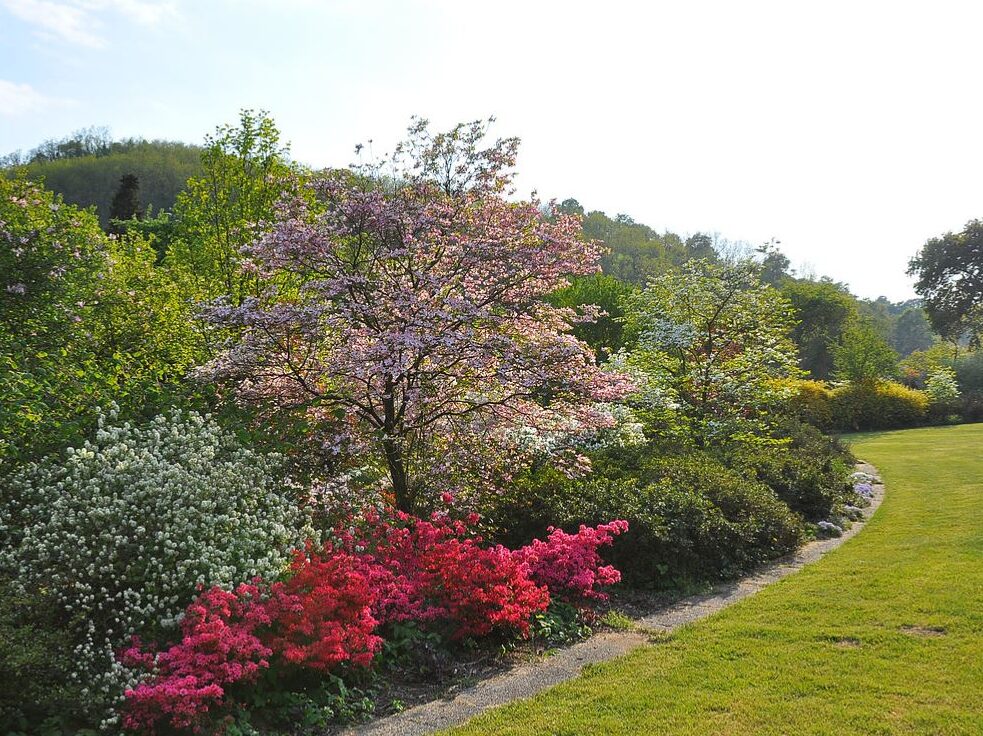
In Gorizia there is a real park of wonders. Although the Gorizia climate is not suitable for the cultivation of azaleas, Professor Lucio Viatori, passionate about botany, conceived in the 70s.
The Garden of Azaleaswhere he built an artificial lake on a pre-existing crater generated by a war bomb. To compose the garden, 500 varieties of azaleas, 150 of rhododendrons from all over the world, more than 300 types of rare roses between ancient and modern, 50 varieties of camellias, 120 of magnolias and other ornamental plants were collected.
Visiting the park in spring you can enjoy a unique and unmissable spectacle.

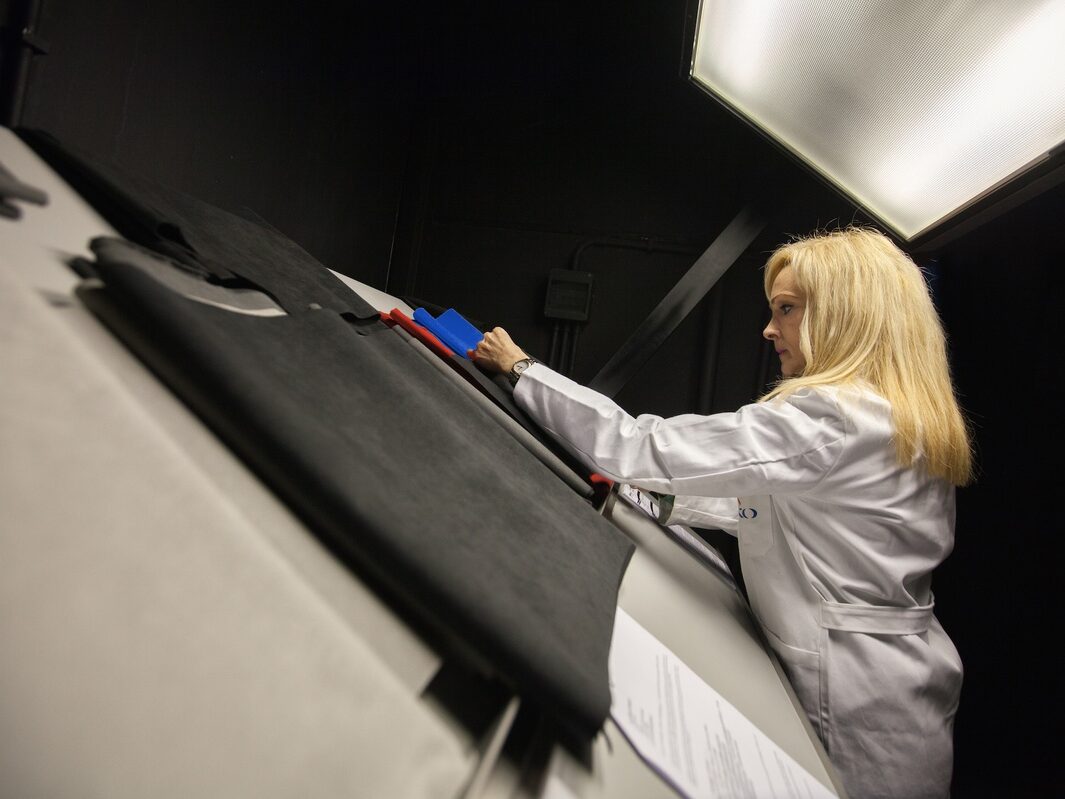
Miko S.r.l. has been based in Gorizia since 1997. the leading Italian company that produces Dinamica®, the first ecological microfiber with high performance suitable for many sectors of application. Over the years Miko, which started its activity as a manufacturer of “non-woven fabric” for the furniture sector, has expanded its reference areas to meet the needs of other application sectors, including the automotive one. Today, car interiors make up 90% of Miko’s production and represent a constantly growing market. The company has been chosen by some of the most recognized automotive manufacturers for interior upholstery, by virtue of its ecological credentials, unparalleled technical qualities and unique aesthetic characteristics.
The production process is similar to that used for paper recycling and no harmful substances are used. The recycled polyester contained in Dinamica® derives from polyester fabrics (T-shirts, fabrics, etc.) and PET (bottles, plastic, etc.). Recycling polyester means reducing energy consumption and CO2 emissions into the atmosphere by 80% compared to the traditional production process of polyester derived from petroleum.
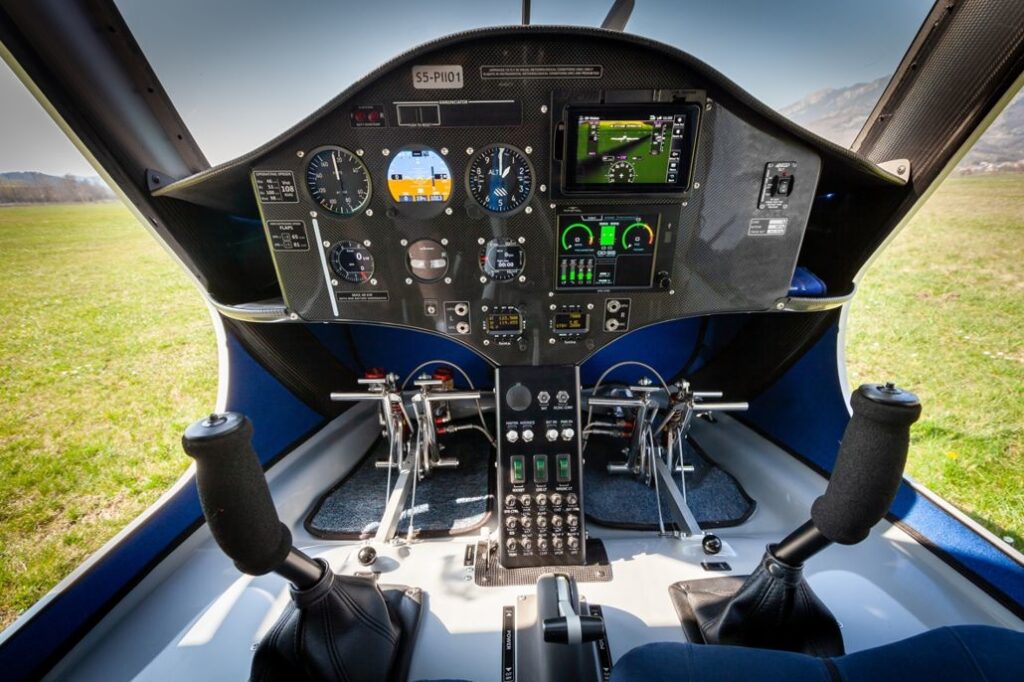

The Slovenian company Pipistrel is based in Gorizia, which in a collaborative context has built and relocated a warehouse for the construction of aircraft to the city. Pipistrel can be considered a real authority in the field of electric mobility: its electric two-seater Velis Electro has received all the required European certifications, making it the first fully electric aircraft to obtain approval for placing on the market. Today Pipistrel is developing Miniliner, a lightweight and totally ecological aircraft that can accommodate up to twenty people. The main feature of the Miniliner aircraft is that it is fully electric and is designed for short-haul travel.
The plane will have a range of about 1,000 kilometers and will be able to take off and land on runways less than a kilometer. The goal of the Slovenian company is to provide airlines with an ideal vehicle for small peripheral airports. It is certainly the only factory in the world to produce environmentally friendly aircraft.
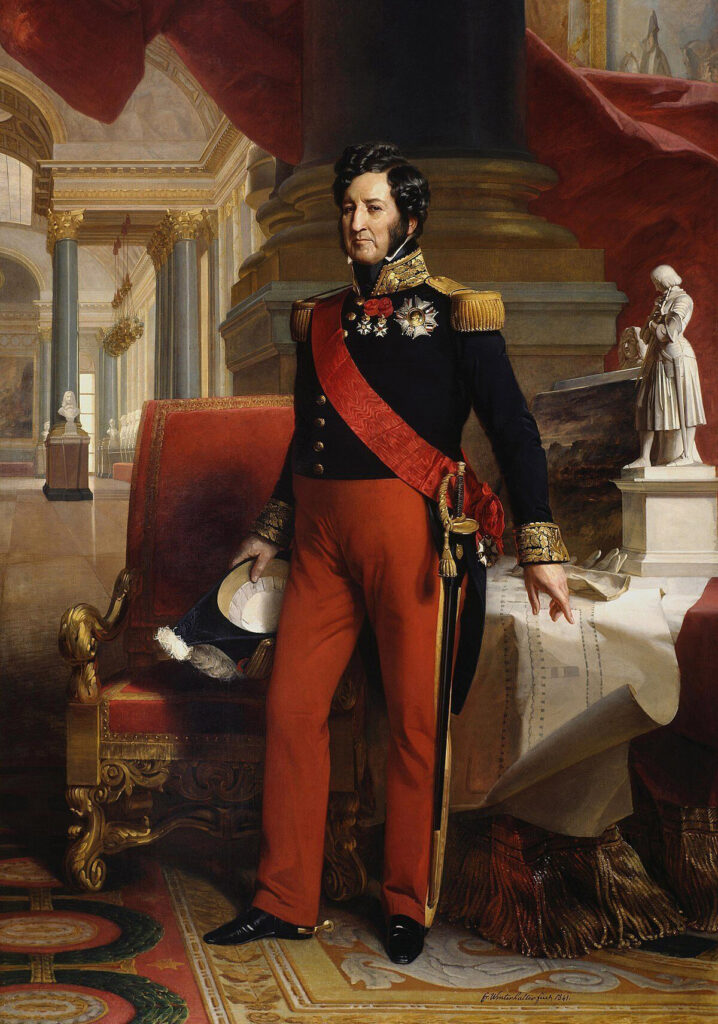
Gorizia was the city of exile for the Borboni. Charles X was the last king of France of this family and died in this city on November 6, 1836 in the Coronini Palace. Charles X and his family are buried in the Franciscan monastery of Castagnevizza a few meters from the border. The French Bourbons were driven out of France in the period of the French Revolution of 1830. They first took refuge in Edinburgh in Scotland, then in Prague, in the year 1836, however, they came to Gorizia as guests of Count Coronini. The remains are preserved in the crypt of the monastery of Castagnevizza, so some also call this place “Little Saint-Denis”.
